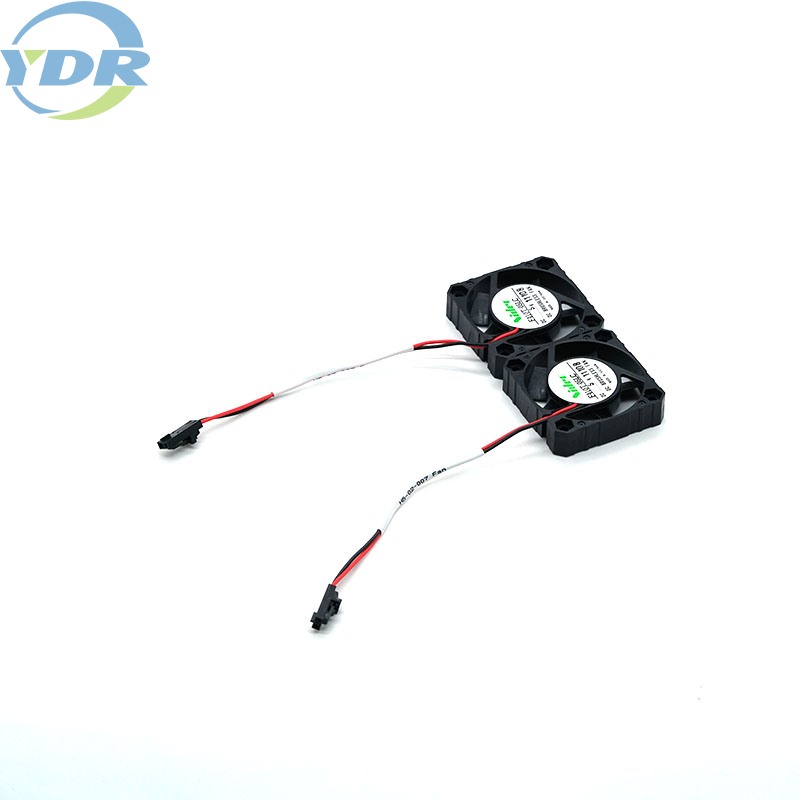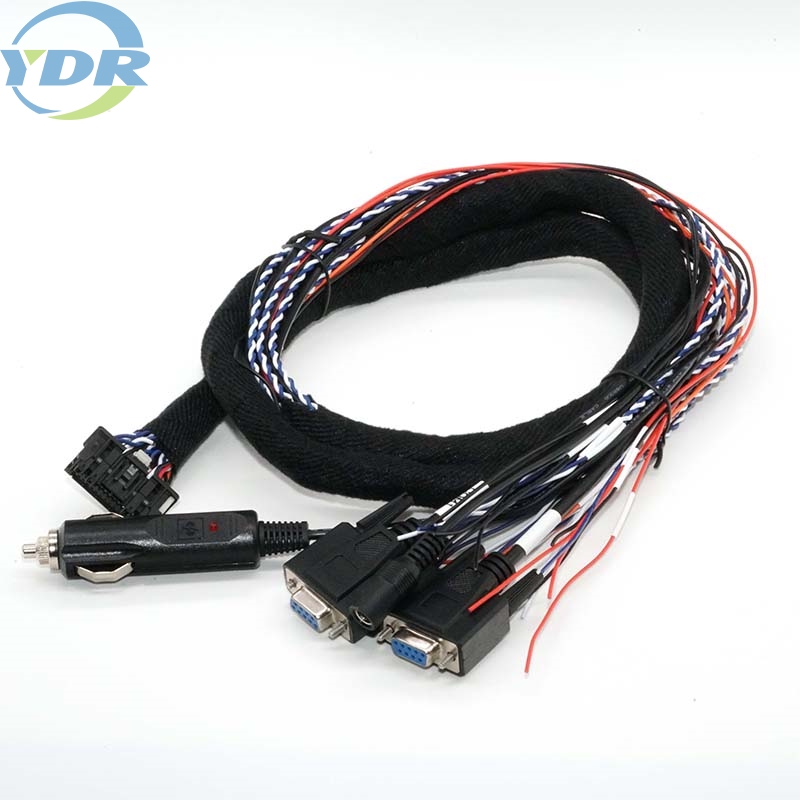Discrimen inter iungo et fabrica
iungo
ipsae rudentes inutiles sunt nisi cum iungente vel specialiori coaxiali terminanturiungo. A coaxial iungo allows one cable to be connected to another cable or a device. Therefore, there are two different types of iungos: those connected to the cable and those connected to the device. The device iungoquattuor foraminis LABIUM habet.
1. cable centralizediungo
In a cable, the iungo is mechanically tightly connected to the end of the cable. Once the iungofune iungitur, fit fune contio. RF fabrum ergo singulas partes iuxta necessitates suas coniungunt. Cum pauci funeri conventus exiguntur, faciliores sunt et citius per se convocandi; sed, ubi multum opus est funeri conventus, melius est funes conventus emere.
2. Connector
Finis uniuscuiusque
iungo is the same, with minimum insertion loss. Although the insertion loss of the iungo is very small compared with the cable, the
iungo does have an insertion loss, and there are many different types of iungos. Almost all iungo families have iungos suitable for cables and devices. As a general rule, the iungos of one group will not match the iungos of another group.
Because some iungos are large in physical size, while others are small. If an inexpensive cable assembly is needed, then choose a small diameter cable, which limits the choice of
iungos to the small iungo family available. If the cable needs to carry high-power radio frequency signals, a large-diameter cable is required, so a large
connector desideratur.
The second reason is evolution. As the times change, iungo manufacturers often improve the connection according to actual needs, or reduce the insertion loss, or facilitate the use of the connection. Significant changes are made to an existing iungo type each time.
3. nibh
Propter haec aliaiungofamilias, phaenomenon interesting emersit. RF fabrum rudentem cum uno coniungere cogunturiungo to another cable or device with a different iungo family. This cannot be done. The adapter is that they are in step. Adapters, also called coaxial adapters, are short bilateral iungos. On one side is one type of iungo, and once is another type of iungo.

 English
English  Español
Español  Português
Português  русский
русский  Français
Français  日本語
日本語  Deutsch
Deutsch  tiếng Việt
tiếng Việt  Italiano
Italiano  Nederlands
Nederlands  ภาษาไทย
ภาษาไทย  Polski
Polski  한국어
한국어  Svenska
Svenska  magyar
magyar  Malay
Malay  বাংলা ভাষার
বাংলা ভাষার  Dansk
Dansk  Suomi
Suomi  हिन्दी
हिन्दी  Pilipino
Pilipino  Türkçe
Türkçe  Gaeilge
Gaeilge  العربية
العربية  Indonesia
Indonesia  Norsk
Norsk  تمل
تمل  český
český  ελληνικά
ελληνικά  український
український  Javanese
Javanese  فارسی
فارسی  தமிழ்
தமிழ்  తెలుగు
తెలుగు  नेपाली
नेपाली  Burmese
Burmese  български
български  ລາວ
ລາວ  Latine
Latine  Қазақша
Қазақша  Euskal
Euskal  Azərbaycan
Azərbaycan  Slovenský jazyk
Slovenský jazyk  Македонски
Македонски  Lietuvos
Lietuvos  Eesti Keel
Eesti Keel  Română
Română  Slovenski
Slovenski  मराठी
मराठी  Srpski језик
Srpski језик 





